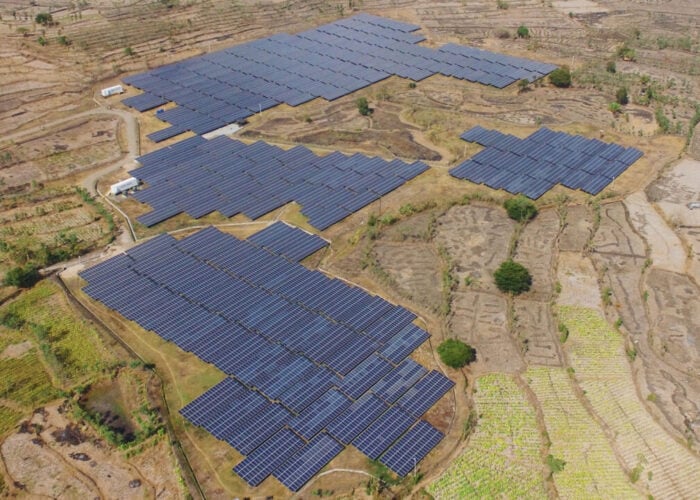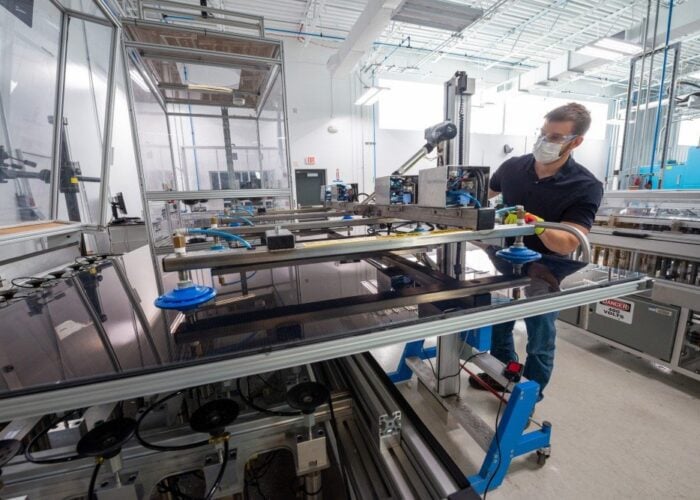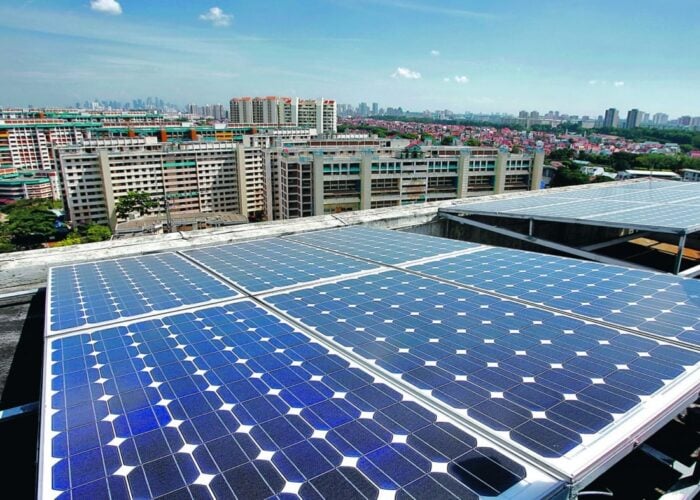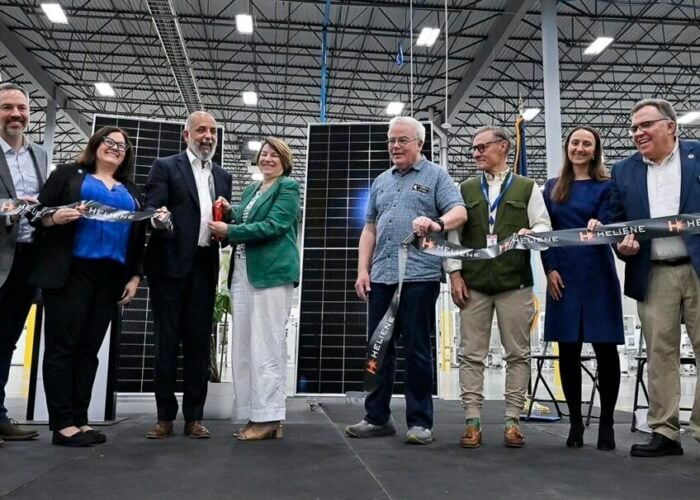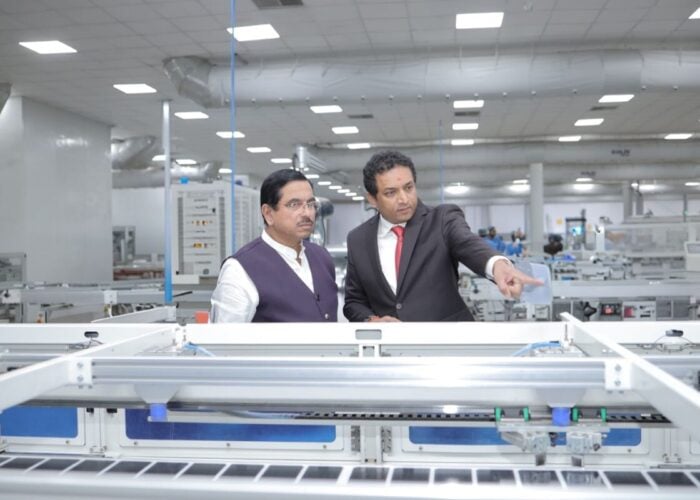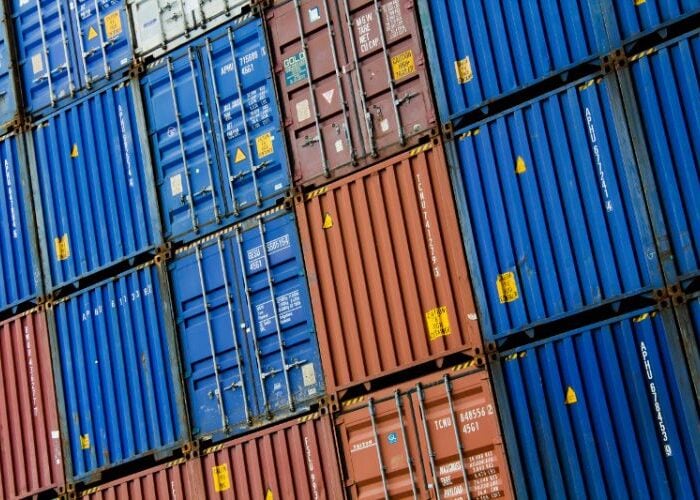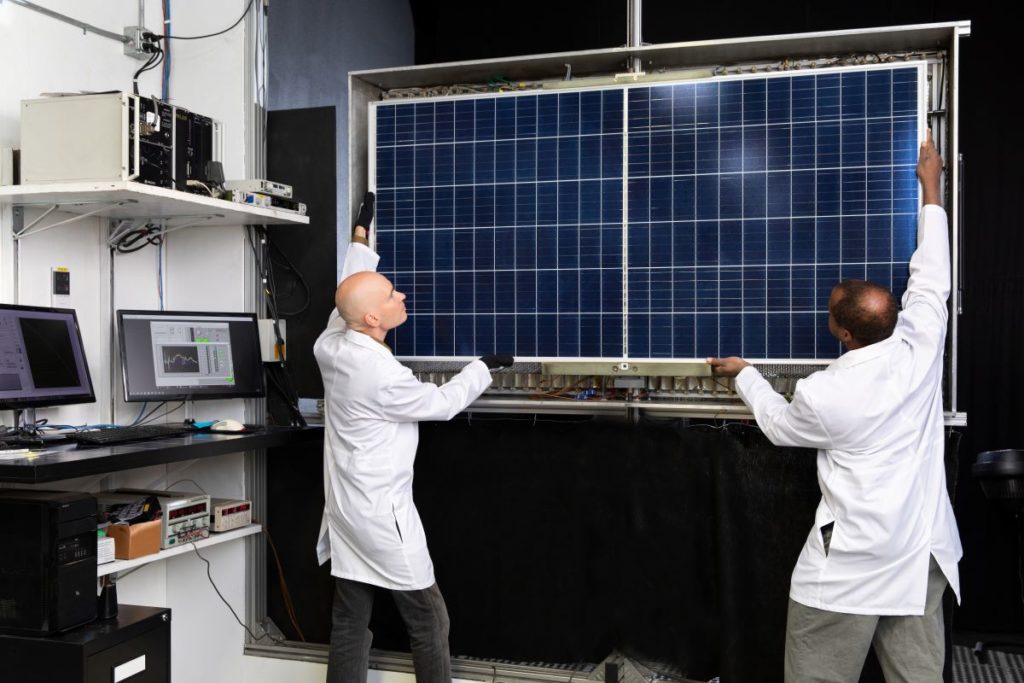
Even though the US Department of Commerce’s anti-dumping/countervailing duty (AD/CVD) ruling was a long time coming, its impact has left the industry somewhat divided, as covered last week on PV Tech.
With tariffs still suspended until July 2024 under Joe Biden’s two-year waiver, any major supply disruptions are not expected given companies had more than enough of time to prepare for it.
Unlock unlimited access for 12 whole months of distinctive global analysis
Photovoltaics International is now included.
- Regular insight and analysis of the industry’s biggest developments
- In-depth interviews with the industry’s leading figures
- Unlimited digital access to the PV Tech Power journal catalogue
- Unlimited digital access to the Photovoltaics International journal catalogue
- Access to more than 1,000 technical papers
- Discounts on Solar Media’s portfolio of events, in-person and virtual
This means that acquiring tariff free modules should not be an issue, as several module manufacturers such as Jinko Solar or JA Solar have built a vertically integrated chain in the Southeast Asian countries mentioned in the ruling. However, it will be a different story for US manufacturers to acquire tariff free cells or wafers, says Alex Barrows, head of PV at renewables consulting and research company Exawatt, as most of the capacity is built as part of an integrated production chain. “If they’re going to be shipping cells instead of modules, to, say, a US based module manufacturer, you have to pay a premium to convince them to do that,” says Barrows.
“There’s definitely a bit of an irony here that it’s a tariff designed to defend US manufacturing. But probably some of the biggest challenges will be for US module manufacturers who don’t have access to their own cells.”
For US manufacturers, when the waiver ends in July 2024 it would mean that they will either end up paying a premium fee for non-Chinese wafers or keep buying from the same providers in Southeast Asia which might imply ending up paying tariffs. Either way US module manufacturers will have to pay more, while domestic cell capacity is being built. “Because it’s not quite to the point where we’re self-sufficient. There is definitely going to be a premium on that,” says Max Macpherson, data and analytics report manager at PV Evolution Labs (PVEL).
“I don’t think we’re going to suddenly see module pricing in the US go up or go down. But I do think the cells coming into the country after the waiver expires are most likely to be having to pay tariffs,” adds Barrows.
So far the biggest challenge surrounding the AD/CVD rates is the fact they do change frequently, says Macpherson, with a review process that can be retroactive.
He continues: “A part of the real challenge is knowing how much you’re going to pay if you actually do have to take on the tariff. Because you might not know, even five years from now, you might not have that exact amount.”
“It’s incredibly confusing, because you can sort of guess that it might be similar to last year. But you don’t actually know what last year was like. You often won’t find this out until a few years down the line,” adds Barrows.
The ruling in itself will not necessarily accelerate the timeline for US manufacturers to build cell capacity domestically, rather give an extra “impetus”, says Barrows. Module prices have not seen any major increase in the US, even though modules are currently more expensive compared to Europe, with prices between US$0.15-0.25 per watt in Europe and more than double that in the US (US$0.4-0.5 per watt). It all depends on what module one buys, says Barrows, adding: “Some of that is sort of real cost in that you’re having to pay more for maybe non-Chinese polysilicon so that you can get through the Uyghur Forced Labour Prevention Act (UFLPA).”
The bigger impact, in terms of pricing, will more likely come from the UFLPA than the AD/CVD ruling, says Barrows.
“The big thing that in my mind really is dominating the US pricing is UFLPA, and can you get your modules into the country? And how are you getting them into the country? Through the luck that they don’t happen to have been stopped and checked, or through actually having paperwork that customs will accept where they stop, they check, and then they let you through. That risk premium is mostly around that.”
UFLPA more worrisome than AD/CVD
Restrictions will be mostly coming from the UFLPA and are expected to increase further in the future, adds Macpherson.
“There’s talk of increasing security around Chinese polysilicon, and it’s not just Xinjiang polysilicon any longer. It’s anything suspect from China. That is probably going to be the biggest challenge.”
Interest in non-Chinese made modules dates as far back as when the UFLPA started says Macpherson, with PVEL receiving more questions about manufacturers that would not be affected by it. There has been an increased interest in manufacturers from India, South Korea or Turkey, all three countries which appeared in PVEL’s 2023 Module Reliability Scorecard.
However in the case of India, managing to secure modules or even cells will still be a challenge in itself, as the country has yet to reach a point where it has enough capacity for domestic consumption. “It’s going to be difficult as countries are sort of turning to domestic manufacturing and preferring their own national interests.”
Overall, the outcome of the AD/CVD will not create any major disruption, as companies involved or developers interested in buying modules will have enough time to remedy the problem. “On an individual company level, I’m sure there will be some disruption for some companies. But broadly, I don’t expect any major disruption. Most manufacturers are going to be able to align their supply chains to avoid the tariffs for importing modules into the US,” says Barrows.
A good example of that is Trina Solar starting wafer production, earlier this week, at its facility in Vietnam which will have an annual capacity of 6.5GW. The company was among a list of five named companies found to be circumventing the anti-dumping/countervailing duty (AD/CVD) tariffs by the US Department of Commerce.
In the end, even though the AD/CVD was implemented to defend US manufacturing, Us companies will be the ones most affected by it, says Barrows, while Southeast Asian material manufacturers are going to end up being the biggest beneficiaries.

